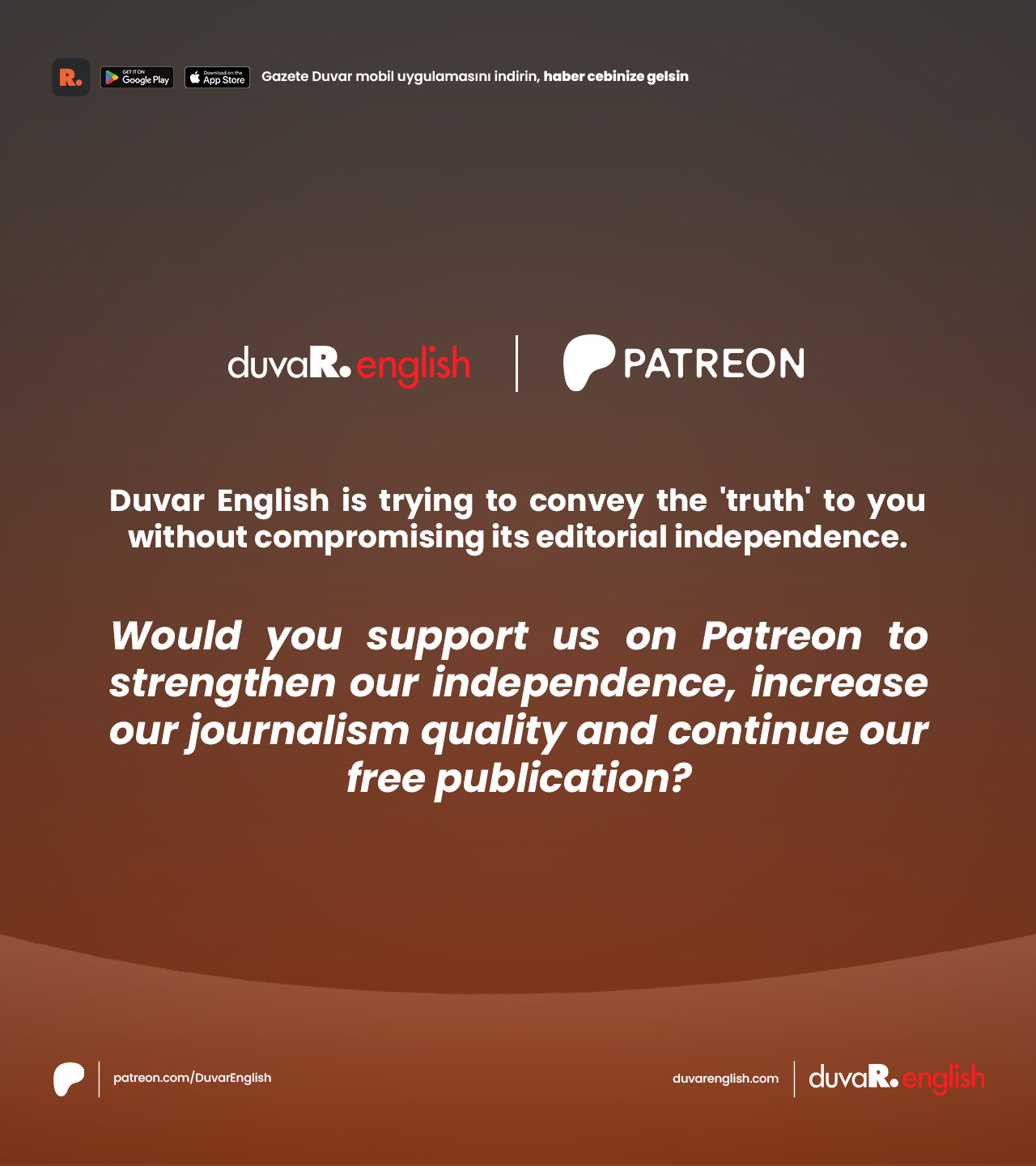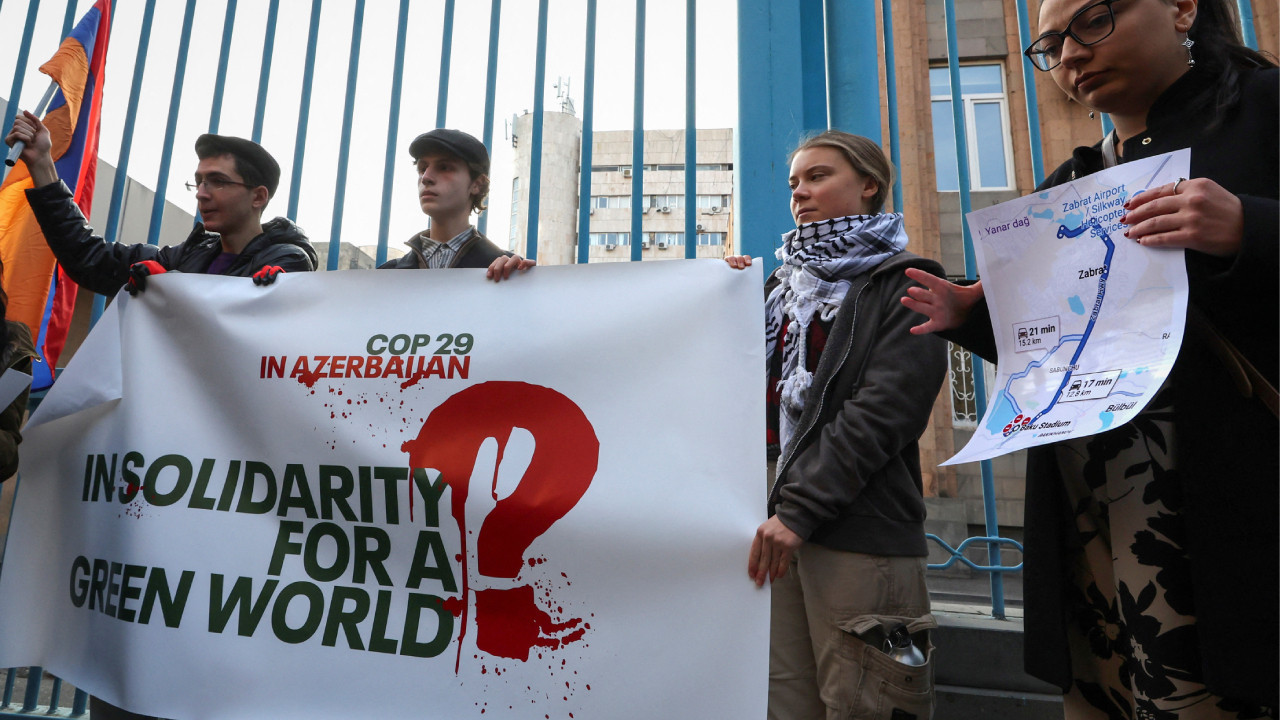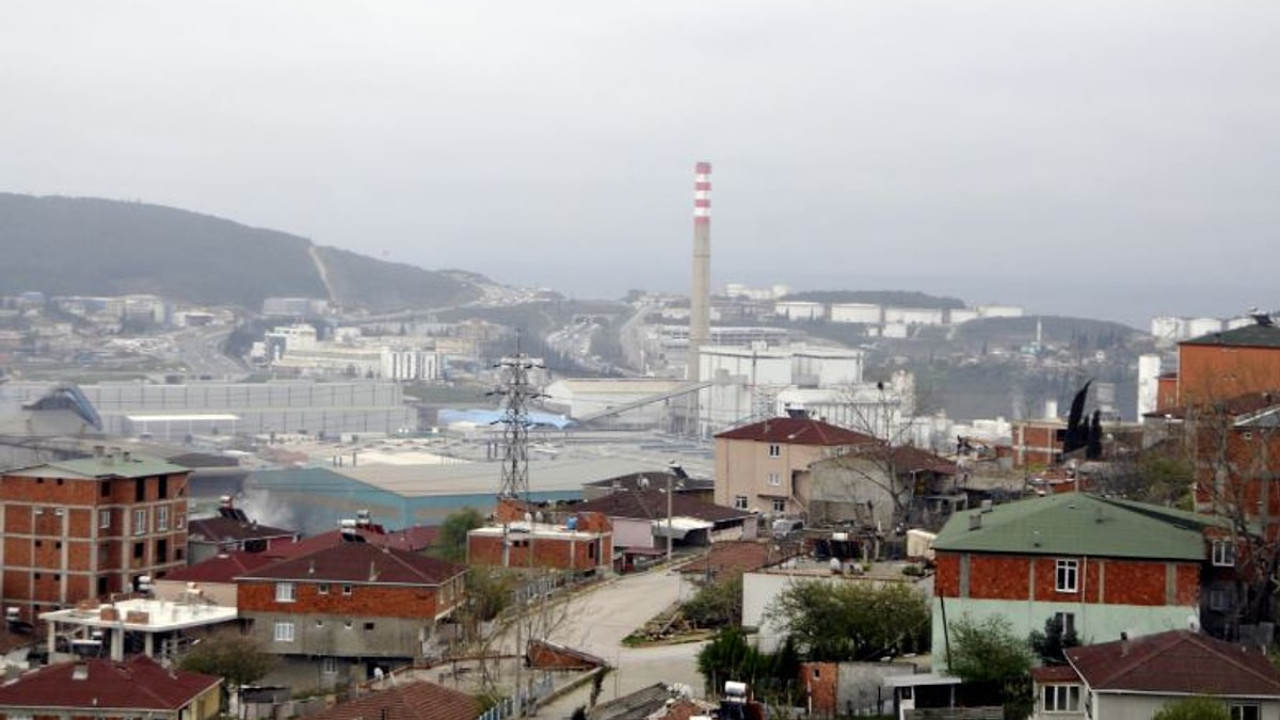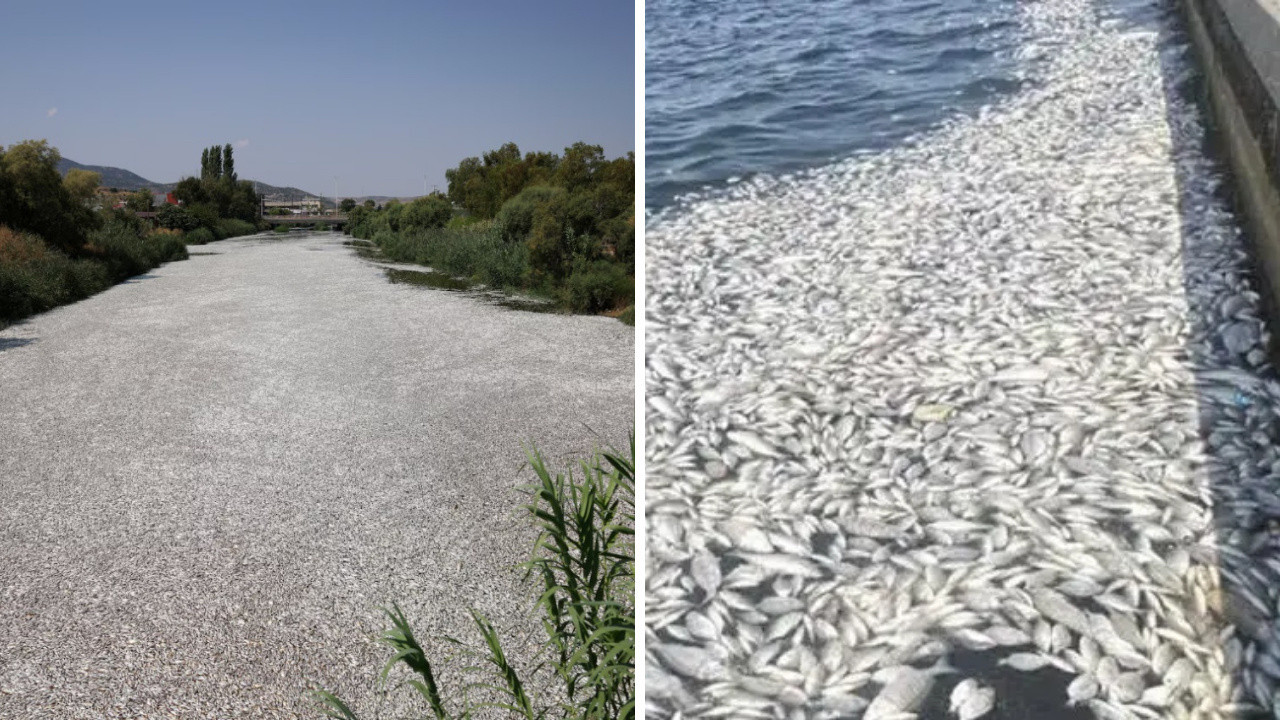Expert warns of worsening water crisis in Turkey
Expert Erol Kesici has said Turkey had lost wetlands equal to two Marmara Seas in 50 years due to mismanagement and overuse. He warned of worsening drought, declining biodiversity, and water scarcity. He urged reforms in agriculture and urban planning to protect water resources.
Duvar English
Dr. Erol Kesici, scientific advisor to the Turkish Association for the Conservation of Nature (TTKD), warned that water scarcity was increasing across Turkey and had reached alarming levels. He said the country had lost nearly two Marmara Seas’ worth of wetlands in the past 50 years.
Kesici stated that the water crisis had become one of life’s most pressing issues. Despite access to clean drinking water being a fundamental right, 1.2 billion people worldwide lack it. He projected that by 2050, at least one in four people would live in a country affected by chronic or recurring freshwater shortages.
He noted that 2.8 billion people lacked basic sanitation services. Citing recent data, he warned that without action, the lives of another 500 million people in impoverished and developing countries would be at serious risk.
Kesici emphasized Turkey’s significant freshwater and biodiversity potential, with 135 wetlands. However, he said nearly half of the protected wetlands under the Ramsar Convention had been lost due to mismanagement, land encroachments, political decisions, and human pressure.
He reported that Seyfe and Mejke Crater Lake in central Turkey and the Kuyucuk Lake in the eastern Kars province had completely dried up, while large portions of Sultansazlığı had also vanished.
Manyas, Burdur, and Uluabat lakes, along with the Göksu, Kızılırmak, and Gediz deltas, and the Akyatan and Yumurtalık lagoons, were suffering from excessive drying, pollution, and biodiversity loss.
He added that excessive water extraction had worsened drying in central Turkey's Kızören Sinkhole, leading to new sinkholes in the area due to underground water withdrawals for agriculture.
He identified Nemrut Caldera as the best-preserved wetland but noted declining water levels and called for visitor restrictions.
Kesici highlighted that the Mediterranean region, home to vital water reserves, contained 155,305 hectares of wetlands across the Antalya, Isparta, and Burdur provinces. Burdur had seven wetlands, Isparta five, and Antalya four.
However, he said rapid agricultural irrigation expansion, excessive drilling of wells, underground water depletion, mining, energy and tourism projects, poor agricultural practices, and pollution had led to the destruction of many wetlands.
He noted that Antalya, home to some of the world's most significant ancient cities, had lost vital natural heritage sites like Yamansaz, Boğazkent, and the Aksu delta, which were once wetlands.
Kesici identified poor agricultural water management and declining water sources as the primary causes of global water loss. He said drought was the main driver of climate change and that nearly 80 percent of Turkey’s water resources were being extracted without proper water balance assessments.
He explained that as water levels dropped, evaporation and drying accelerated. Loss of vegetation reduced water vapor retention, intensifying aridity and leaving the air and soil devoid of moisture, increasing water demand in a domino effect. The loss of surface water equivalent to two Marmara Seas, he said, was altering Turkey’s climate.
Kesici stressed the need to maintain annual water budgets in wetlands. He warned that unless Turkey restructured its 60-year-old water-agriculture policies based on modern scientific principles, drought, food production losses, water access problems, health concerns, and forest fires would remain major issues beyond 2025, regardless of rainfall.
He concluded that protecting limited water resources could not be solved by waiting for rain. As water scarcity worsened, lakes and the climate would dry further. He called for scientific agricultural practices and urged Turkey to align its farming, urban planning, and industry with its water resources and climate conditions.


 Climate crisis and human rights: Time for joint action for futureEnvironment
Climate crisis and human rights: Time for joint action for futureEnvironment Turkey to relocate neighborhood in Kocaeli’s industrial district Dilovası over pollutionEnvironment
Turkey to relocate neighborhood in Kocaeli’s industrial district Dilovası over pollutionEnvironment Mass fish deaths severely impact Aegean neighbors İzmir, VolosWorld
Mass fish deaths severely impact Aegean neighbors İzmir, VolosWorld